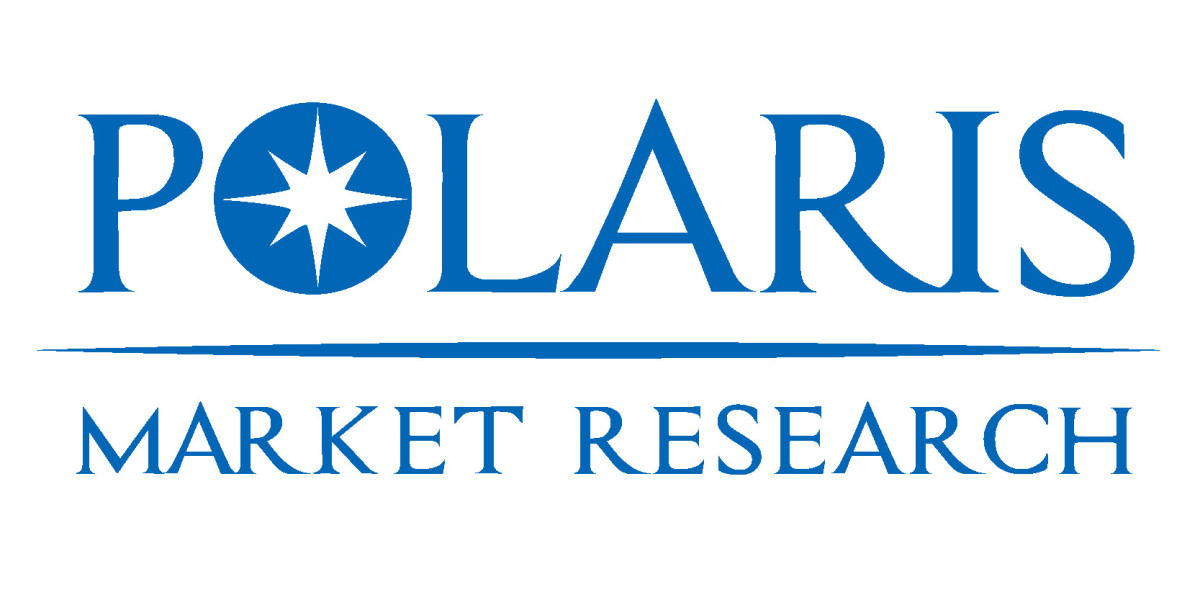MARKET OVERVIEW
The cell lysis & disruption market size was valued at USD 5.75 billion in 2024. The market is projected to grow from USD 6.23 billion in 2025 to USD 13.03 billion by 2034, exhibiting a CAGR of 8.5% during 2025–2034.
The cell lysis and disruption market is experiencing strong momentum as advancements in biotechnology, pharmaceuticals, and life sciences research continue to accelerate. Cell lysis and disruption techniques are essential for breaking open cells to release biomolecules, such as proteins, nucleic acids, and organelles, enabling a wide range of downstream applications in diagnostics, drug discovery, and therapeutic development. The growing adoption of cell-based research in genomics, proteomics, and biopharmaceutical manufacturing has made cell lysis methods increasingly critical for laboratories, contract research organizations, and biopharma companies worldwide.
The market is shaped by a rising demand for personalized medicine, heightened investment in cancer research, and innovations in molecular biology tools. Additionally, the global emphasis on advanced vaccines, monoclonal antibodies, and recombinant proteins has made efficient and reproducible cell disruption methods indispensable. Techniques such as mechanical disruption, chemical lysis, and enzymatic lysis are gaining widespread use depending on sample type, throughput requirements, and sensitivity of target biomolecules.
Furthermore, the shift toward automation, miniaturization, and high-throughput processing in laboratories has spurred the development of sophisticated systems designed to handle large sample volumes without compromising biomolecule integrity. This is expanding the application potential across pharmaceutical, academic, and industrial research sectors, further driving growth in the cell lysis and disruption market.
MARKET SEGMENTATION
The cell lysis and disruption market can be segmented by technique, product type, application, and end-user.
By Technique:
Mechanical disruption remains a widely used method that includes homogenization, bead milling, ultrasonication, and high-pressure techniques. These methods are favored for their ability to process large cell volumes effectively.
Chemical lysis involves detergents, solvents, and surfactants that selectively disrupt cell membranes, offering controlled lysis for delicate samples.
Enzymatic lysis uses enzymes such as lysozyme, proteases, or DNase to gently release intracellular content, ideal for sensitive biomolecules and specialized research.
Other methods such as osmotic shock and freeze-thaw cycles are also applied for certain cell types and experimental setups.
By Product Type:
Instruments such as homogenizers, sonicators, and microfluidizers play a crucial role in large-scale and laboratory-scale applications.
Reagents and consumables including buffers, detergents, and enzymes form an equally important segment due to their recurring demand in research workflows.
By Application:
Genomics and proteomics research forms the largest application area where nucleic acid and protein extraction is vital.
Biopharmaceutical production utilizes cell lysis for the manufacturing of vaccines, therapeutic proteins, and monoclonal antibodies.
Clinical diagnostics increasingly employs cell disruption for molecular testing, precision diagnostics, and biomarker discovery.
Others include agricultural biotechnology, microbiology, and food research.
By End-User:
Biotechnology and pharmaceutical companies dominate as key end-users, leveraging advanced disruption methods for R&D and production.
Academic and research institutes are growing contributors with expanding molecular biology programs and research funding.
Clinical laboratories use cell lysis techniques in diagnostic workflows, while contract research organizations (CROs) serve as outsourcing partners to pharmaceutical innovators.
https://www.polarismarketresearch.com/industry-analysis/cell-lysis-disruption-market
REGIONAL ANALYSIS
The global cell lysis and disruption market exhibits strong geographical dynamics with distinct growth drivers in each region.
North America leads the market, driven by high R&D investment, advanced life sciences infrastructure, and the presence of leading biopharmaceutical manufacturing hubs. The U.S. market is particularly strong due to its focus on cancer research, precision medicine, and large-scale therapeutic protein production.
Europe holds a significant share, supported by extensive academic research, EU-funded biotechnology projects, and rising demand for advanced biomanufacturing. Countries such as Germany, the U.K., and France are key centers for genomic and proteomic research, enhancing the need for efficient lysis techniques.
Asia-Pacific is witnessing rapid growth due to increasing government funding, growing biopharma sectors, and expanding laboratory infrastructure. China, India, Japan, and South Korea are emerging as major contributors with strong investments in vaccine development and clinical research.
Latin America is gradually expanding, with Brazil and Mexico driving growth through the modernization of clinical diagnostics and academic research capabilities.
Middle East and Africa show steady progress with investments in healthcare infrastructure, laboratory research, and growing interest in precision medicine and molecular testing.
KEY COMPANIES
The cell lysis and disruption market is competitive, featuring global and regional players that offer a range of instruments, reagents, and kits tailored for diverse applications. Leading manufacturers are focusing on expanding product portfolios, developing automated and high-throughput systems, and forming strategic collaborations with biopharmaceutical companies and research institutes. Additionally, companies are investing in emerging markets, strengthening distribution networks, and advancing technological innovations such as microfluidic devices and next-generation reagent formulations to maintain market presence.
FUTURE OUTLOOK
The future of the Cell Lysis & Disruption market will be defined by increased automation, integration with downstream analysis tools, and enhanced reproducibility of results. As research shifts toward personalized medicine and precision therapeutics, demand for accurate and efficient lysis methods will grow substantially. The adoption of single-cell analysis techniques, cell-free protein synthesis, and advanced molecular diagnostics will further expand opportunities for technology providers.
Additionally, sustainability initiatives will likely influence product development, with companies exploring eco-friendly reagents and energy-efficient systems. The convergence of molecular biology, computational biology, and bioinformatics will accelerate the need for reliable lysis solutions to support complex multi-omics research.
Overall, the market is expected to expand steadily, supported by technological innovation, global investment in life sciences, and the increasing role of cell lysis and disruption in clinical, pharmaceutical, and industrial applications.
LSI Keywords used:
Cell disruption techniques
Protein extraction
Molecular biology tools
Biopharmaceutical manufacturing
More Trending Latest Reports By Polaris Market Research:
Polyethylene Furanoate (PEF) Market








